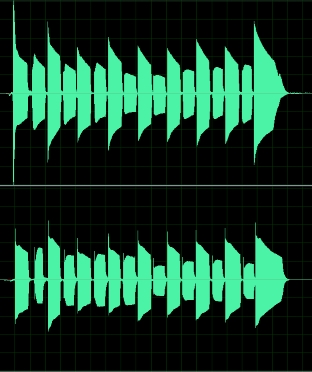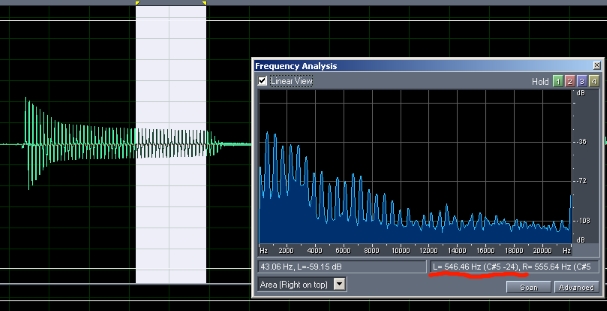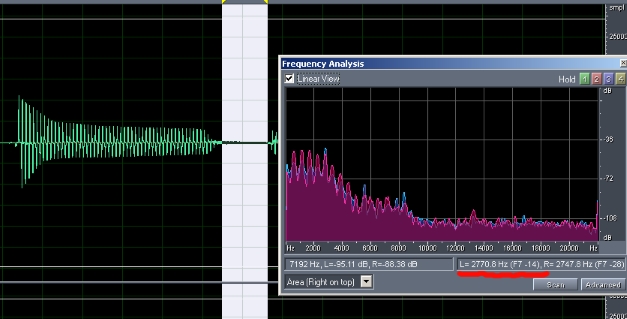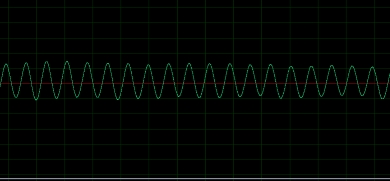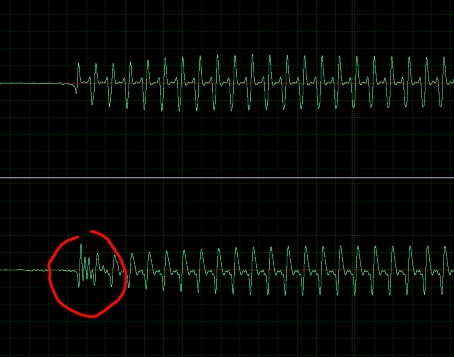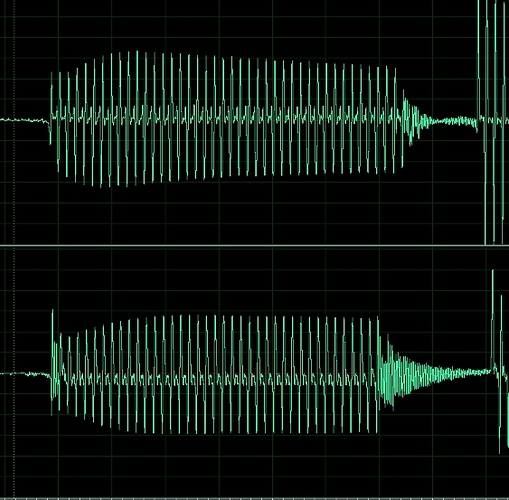IDEAL PICK
Hi there! This post is a kind of my thinking out loud. I’ve read recently some posts, then while I was far from my guitar I had some thoughts, and I decided to make a post. I don’t know if it would be interesting for someone.
Once more - sorry for my english. Long writing is a challenge for me. If someone wants to help me to correct this post - you are welcome ))
Though this forum is about picking technique I’d like to share some thoughts on the pick (plectrum, mediator etc) itself.
First of all, there’s two different approaches of using pick. Difference is the way pick interacts with string: with bending or without bending.
BENDING PICK
My friend uses only thin picks, so I have to keep couple of those in the case he comes to visit me. He calls such picks ‘clappers’ or ‘rattlers’ because of the sound they produce while playing fast.
When player use soft bending pick the pick and the string interact with each other. The pick pulls the string, pulled string creates force, this
force bends the pick. Bended pick provides the path for the string to move. The string moves to the tip of the pick, and the pick bends more. This continues till the string slips off the pick.
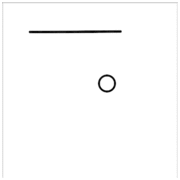
This way of interaction between the pick and the string makes proccess of picking very flexible. You can change an angle of picking or you can dig deeper into strings - it would change the sound but picking would still be comfortable and reliable.
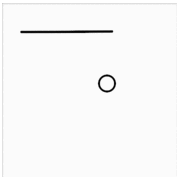
|
RIGID PICK
First, let’s talk about flat picking, ie picking without edge picking angle.
When we use thicker rigid pick we expect that the string would do all the job. Actually it’s not as simple. In an ideal situation there’s no reason for the string to slip off the pick. The pick just catches the string and pulls it.

We can use slanting to make a stroke easier. But in this case problem arise during backward movement - now string is totally stuck.

We could try to solve this new problem. First of all, we spoke about many different kinds of angles on this forum and now I suggest to add one more. It’s an angle between a normal to the plane of the pick and a movement vector. I don’t know how to call it, so I would call it simply ‘movement angle’ in this post.
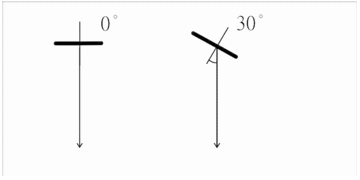
Ok. So, to solve our problem with stucking string we have to correct our movement angle in a such way that downstroke and upstroke would land in the same manner. Another words - we have to use 0 degrees movement angle. But… it brings us back to the same problem we had when we didn’t use slanting at all.
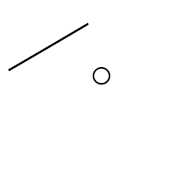
Obviously, when we’re speaking about playing one string only it doesn’t matter what slanting we use. What is matter it’s the movement angle. Pickstrokes with the same movement angle actualy are the same pickstrokes even if the pick has different slanting (once again, we are talking about picking one string only).

We can also change our pick slanting every stroke: downslanting for downstroke and upslanting for upstroke, thus imitating a bending pick. But it doesn’t sounds like a good idea for speed picking. So, seems like picking with thick pick doesn’t work? However, we all know that it does.
First, while pick itself is a rigid, our finger are not. Because of this our pick changes its slanting angle a bit when playing.
Second, the tip of the pick is curved, which help string to slip if string is near to the tip.
Third, even in case of zero slanting angle there’s a force that shifts a string. This force appears when we apply force to a string with a pick, since string has nonzero width and picks edges are not parallel. The farther edges from being parallel, the more this shifting force. Maximum value this force would have near rounded tip of the pick.

Fourth, actually people has edge picking usually, even if they think that their pick is totally flat. But for now we’d talk about ideal flat picking.
So, we have reasons for our string to move, even if we don’t use bending pick. Nevertheless, it’s not as simple as that.
We have some issues with this approach.
First - friction force. The more the area of a contact - the more the friction. So, we should keep our string near the tip of the pick, where area of contact is minimal.
Second - string tesnsion. Once string begins to shift - new force appears, that force attempt to return string to its resting point. To minimize this force we have to minimize the path string must move before it slips off. Once again, we have to keep it near the tip of the pick.
Third - we can’t hold the pick angle with an ideal precision. So there’s a big chance that player really have small deviation. That deviation helps him with his pickstroke in one direction, and hinders in another.
Because of this, flat picking with a thick pick may seem being not very comfortable. The moment of string slips off is unpredictable. Actually, guys who uses flat picking, like Claus Levin, usually notice about importance of high accuracy of picking and they ususaly mention the importance of using the very tip of the pick.
Small changes in pick angle or position brings drastical changes in results - like pick stuck in strings. Another words, this system is chaotic with
it’s bifurcation point hard to predict… anyway…
What can we do? Obvious decision is to provide a path for a string to slide, so it could reach the tip of the pick and then slip off.
We could use the picks shape to do it. All you have to do is to turn your pick 90 degrees. I tried to play this way.
It was fun! It allows to pick fast, but sound becomes muddy, and obviously it’s not comfortable to hold.
To solve the problem with the grip we have to have strange pick: one part should be as normal pick (the part where our fingers lay), other part should be turned 90 degrees. Something like that.

Well, did we invent something new? Not really. Picks like that exist already. It’s, for example, Sik Pik which John Taylor used, or Jim Dnlop Speedpick.
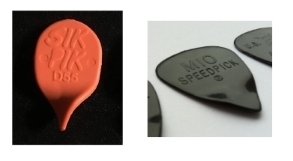
Actually, working zones of first two picks are not whole 90 degrees to holding zone. However, if you use it in a edge picking manner then - with some angle - you could get working zone perpendicular to strings (literally ‘edge picking’). If you use it in a flat picking manner then you’d get typical edge picking.
Edge picking.
Another approach of making picking easier and more controllable is edge picking. Instead of changing form of a pick we change the way of using it. Now string slides along the edges which makes pickstroke more predictable. The more the angle the easier for string to slip off. Interesting thing that with edge picking we have different edges making different strokes. One edge for downstroke, another edge for upstroke. This gives us interesting opportunities. For example, we can change the ‘lean’ angle of a pick. In that case upstroke (or downstroke) would be made by more rounded surface which makes it easier for a string to slip off. It’s like as we have two picks and we change it on every stroke direction change.
Thick picks.
Once you start to use thick picks (1.5mm and more) you’d notice that you want to try thicker picks and thicker picks. Up to ridiculous Roy Marchbank’s pick. Are they so comfortable to play? What is the difference between thick pick and really thick(!!) pick?
It doesn’t bend? Well, after 1.5mm all picks are hard to bend by string pressure (of course you still can bend it by hands or some tools). I think reason is the same that in the case of strange shaped picks or in the case of using edge picking. The thicker the pick the farther it’s shape from ideal plane, which easifying string slippoff.
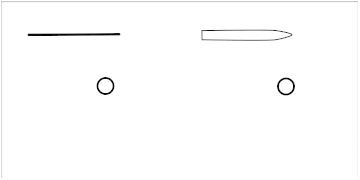
pic10
Ideal pick ?
Ok, so we could use a pick with curved smoothed shapes or we could use a great amount of edge picking. Is that the secret of ideal pick? Nope. I tried some approaches like exaggerated edge picking, using rounded picks and even selfmade version of SikPik and I met another problem. The sound. It looks like if I use some picking ‘cheats’ I lose some sound quality: the easier is the picking the muddier is the sound. If you think about it it’s kind of logical.
To get good sharp attack a string must store some amount of energy before it slips off the pick. The more energy is stored the ‘brighter’ the sound. For example, we could use a pick as a hook, pull the string far enough and then release it - we would get a very loud sharp sound. However, our approaches which helps a string to slide along the pick doesn’t give any possibilities for the string to store large amount of energy. While it may be appropriate in high speed picking with enough distortion the sound on slower parts is not so good. So, looks like ideal pick doesn’t exist. It’s a compromise between comfort and sound. I guess, this may be the reason why edge picking is still so popular and widespread despite the fact that there’re tons of picks with different shapes and sizes. Just changing the edge picking angle gives a possibility to change the quality of sound. It looks like standard shapes picks are like multipurpose instruments - they’re hard to master but gives you versatility.



 THIRDLY, where you strike the string also plays a role, in where in position from bridge to fretboard. You will notice all of these changes better if done on acoustic or acoustically on electric. IF you have a lower output pickup 8 K 8.2 K with A2 or A5’s and a low gain amp ( 2-3 ax7 tubes TOTAL), you will also discern.
THIRDLY, where you strike the string also plays a role, in where in position from bridge to fretboard. You will notice all of these changes better if done on acoustic or acoustically on electric. IF you have a lower output pickup 8 K 8.2 K with A2 or A5’s and a low gain amp ( 2-3 ax7 tubes TOTAL), you will also discern.